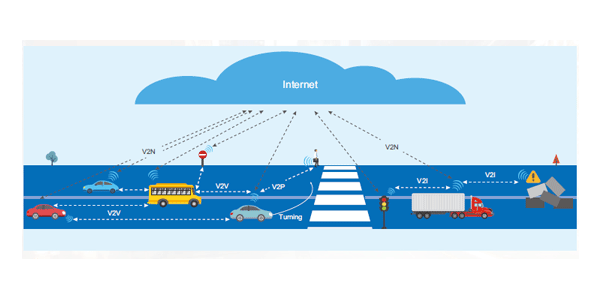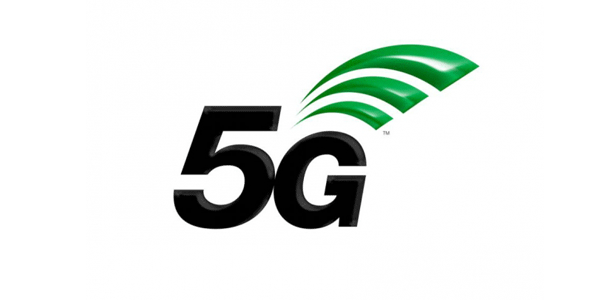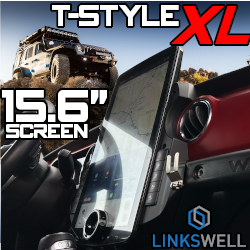By Joseph Palenchar
You’ve probably heard something about 5G.
The next-generation cellular technology has been hyped as a 10-lane wireless superhighway compared to the four-lane highway built on the foundation of the 4G LTE (Long Term Evolution) standard.
The biggest immediate impact of 5G is expected to be in delivering 4K pay TV over cellular into the home (“wireless fiber”) to compete with cable TV. And that lag time on your laptop at the airport would disappear.
For car audio, the immediate effects of 5G will be less dramatic. You’ll get more reliable video with fewer glitches. On remote start, reaction time (latency) may move from 5 seconds to 4 seconds.
More importantly, however, the bigger pipeline into the car from 5G will allow room for all the autonomous and communication services that are heading into the vehicle.
Actually, we don’t even have to wait for true 5G, due around 2020, for improved cellular performance. Companies such as T-Mobile are already conducting trials for 4.5G through 4.9G, more accurately called LTE Advanced and LTE Advanced Pro, with speeds about 2-3 times that of 4G.
4.5G would allow the quality of music streamed to the car’s audio system from a smartphone to improve. And while current 4G networks are already capable of streaming high-definition video (720p or 1080p) to vehicles, 4.5G would enhance network speed and capacity to improve streaming performance.
Also, the high speeds of 4.5G and 5G networks could potentially usher in new types of telematics services that haven’t yet been envisioned, said Chris Pearson, President of 5G Americas, a trade group that promotes LTE and 5G technology
Current 4G speeds are at rates of 10 to 100Mbps. The goal of 5G is to get to 1Gbps. 4.5G can also achieve 1Gbps in field trials but some say real world 4.5G download speeds are closer to around 150Mbps.

V2X Benefits
4.5G can be used for V2X (vehicle to everything) applications to improve driver and pedestrian safety and reduce traffic congestion, said said Hossam H’mimy of Ericsson.
V2X is an umbrella term that covers V2V (vehicle-to-vehicle), vehicle-to-pedestrian (V2P), vehicle-to-infrastructure (V2I), and vehicle-to-network (V2N) communications. 5G will mean faster communication, which is critical for collision avoidance when vehicles are traveling at high speeds. With V2V, a car broadcasts its location, speed, acceleration and direction to other vehicles in the area to avoid crashes not only with vehicles in front but also with vehicles that are not in sight, whether at intersections or around a curve.
Currently V2V uses its own dedicated WiFi network (called DRSC) but industry groups are now looking into using LTE Advanced Pro or 5G to either enhance DRSC or compete with it for better service, said Pearson.
5G may also have an impact on traffic and street lights, power-grid infrastructure, water-utility pipes, utility meters, machinery, drones, and the like that could be monitored and controlled wirelessly, says the CTIA. Parking-lot sensors could send the location of available parking spaces to vehicles nearby.
Other uses could include tracking of possessions such as bicycles, truly wireless augmented-reality and virtual-reality video and gaming on smartphones, and remote-controlled robotic surgery, thanks to latency that’s lower than that of advanced LTE.
5G, by the way, isn’t yet a standard, so a definitive comparison of 5G and advanced LTE isn’t possible until the 3rd Generation Partnership Project, an international telecom standards-setting body, finalizes the spec, expected at the end of 2019.
The telecom industry, however, has largely agreed on many of 5G’s key performance goals, and commercial deployment of standardized 5G service could start in 2020. And because of a limited amount of spectrum available for 5G, true availability of 5G in the US may not materialize until 2025, says Joe Madden of Mobile Experts, the research and consulting company.
Before then, U.S. telecom carriers AT&T and Verizon hope to roll out pre-standard versions of 5G to bring wireless gigabit broadband and 4K pay-TV services to homes and business locations. And that’s where 5G is expected to have a big impact.











